John R Hennessy
age ~69
from Long Beach, NY
- Also known as:
-
- John M Hennessy
- John R Henessy
John Hennessy Phones & Addresses
- Long Beach, NY
- Oakdale, MN
- Myrtle Beach, SC
- Richfield, MN
- Inver Grove Heights, MN
- Maplewood, MN
- Duluth, MN
Wikipedia References

John Hennessy (American Football)

John L. Hennessy

John M. Hennessy
Lawyers & Attorneys

John Thomas Hennessy - Lawyer
view sourceLicenses:
Virginia - Authorized to practice law 1975
Name / Title
Company / Classification
Phones & Addresses
President
Gas Workers Local 340
Labor Organization
Labor Organization
312 Central Ave SE, Minneapolis, MN 55414
6123793241
6123793241
Assistant Principal
Independent School Dist 625
Senior High School
Senior High School
1540 6 St E, Saint Paul, MN 55106
6517934700
6517934700
Phd
Hennessy John J PH D
Health Practitioner's Office
Health Practitioner's Office
4 Swimming Riv Rd, Lincroft, NJ 07738
7327470786
7327470786
Spotnik, LLC
Computer Related Services
Computer Related Services
4705 Ctr Blvd, Long Island City, NY 11109
NCM CONTRACTING GROUP, LP
Vice President
LONE STAR MANAGEMENT CO. III, LTD
President, President, Director, President, Secretary, Secretary, Treasurer
Ncm Contracting Group Gp, Inc
Business Services · Business Services at Non-Commercial Site
Business Services · Business Services at Non-Commercial Site
General Manager
Youngstartup Ventures Inc
Management Consulting Services
Management Consulting Services
1811 Victory Blvd, Staten Island, NY 10314
258 Crafton Ave, Staten Island, NY 10314
258 Crafton Ave, Staten Island, NY 10314
Vehicle Records
-
John Hennessy
view source -
Address:2330 Benjamin St NE, Minneapolis, MN 55418
-
VIN:1ZEADAKD17A139974
-
Make:Mitsubishi
-
Model:Raider Double Cab V8 Aut
-
Year:2007
Isbn (Books And Publications)

Return to Bull Run: The Campaign and Battle of Second Manassas
view sourceAuthor
John J. Hennessy
ISBN #
0671793683

Return to Bull Run: The Campaign and Battle of Second Manassas
view sourceAuthor
John J. Hennessy
ISBN #
0671889893

Fighting With the Eighteenth Massachusetts: The Civil War Memoir of Thomas H. Mann
view sourceAuthor
John J. Hennessy
ISBN #
0807125776

The 115th New York in the Civil War: A Regimental History
view sourceAuthor
John J. Hennessy
ISBN #
0786429976

Hypothyroidism: Discussions in Patient Management
view sourceAuthor
John F. Hennessy
ISBN #
0874888980


Computer Organization and Design : The Hardware/Software Interface
view sourceAuthor
John L. Hennessy
ISBN #
0123706068

Brief Lessons in High Technology: A Primer on Seven Fields That Are Changing Our Lives
view sourceAuthor
John L. Hennessy
ISBN #
0916318419
Resumes

John Hennessy Auburndale, MA
view sourceWork:
Equity Residential
2007 to 2000
Rehab Project Manager MCMUSA
Newton, MA
2003 to 2007
Project Manager BACC Builders of Boston
Boston, MA
2001 to 2003
Project Manager JPC. CONSTRUCTION CO. INC
Great Neck, NY
1999 to 2001
Project Manager LEHRER, MCGOVERN, BOVIS
New York, NY
1997 to 1999
Superintendent SANTA FE CONSTRUCTION CO, INC
New York, NY
1995 to 1997
Project Manager RENOVATIONS UNLIMITED
Brooklyn, NY
1990 to 1995
Supervisor RIVER VALLEY CONST. CO., INC
Essex, CT
1989 to 1990
Foreman BROWNSTONE CONST. CO., INC
Brooklyn, NY
1986 to 1988
Foreman
2007 to 2000
Rehab Project Manager MCMUSA
Newton, MA
2003 to 2007
Project Manager BACC Builders of Boston
Boston, MA
2001 to 2003
Project Manager JPC. CONSTRUCTION CO. INC
Great Neck, NY
1999 to 2001
Project Manager LEHRER, MCGOVERN, BOVIS
New York, NY
1997 to 1999
Superintendent SANTA FE CONSTRUCTION CO, INC
New York, NY
1995 to 1997
Project Manager RENOVATIONS UNLIMITED
Brooklyn, NY
1990 to 1995
Supervisor RIVER VALLEY CONST. CO., INC
Essex, CT
1989 to 1990
Foreman BROWNSTONE CONST. CO., INC
Brooklyn, NY
1986 to 1988
Foreman

John Hennessy Pasadena, CA
view sourceWork:
4Power LLC
Salem, NH
Feb 2010 to Jan 2012
Research Scientist High Mobility Germanium MOSFETs
Cambridge, MA
Sep 2004 to Jan 2010
Research Assistant, IBM Corporation
Yorktown Heights, NY
Jun 2004 to Aug 2004
Research Intern Dimitri Antoniadis
Cambridge, MA
Feb 2002 to May 2004
Research Assistant,
Salem, NH
Feb 2010 to Jan 2012
Research Scientist High Mobility Germanium MOSFETs
Cambridge, MA
Sep 2004 to Jan 2010
Research Assistant, IBM Corporation
Yorktown Heights, NY
Jun 2004 to Aug 2004
Research Intern Dimitri Antoniadis
Cambridge, MA
Feb 2002 to May 2004
Research Assistant,
Education:
Massachusetts Institute of Technology
Cambridge, MA
2010
Ph.D. in Electrical Engineering The Cooper Union for the Advancement of Science and Art
New York, NY
2004
M.S. in Electrical Engineering The Cooper Union
New York, NY
Jan 1998 to Jan 2002
B.S. in Electrical Engineering
Cambridge, MA
2010
Ph.D. in Electrical Engineering The Cooper Union for the Advancement of Science and Art
New York, NY
2004
M.S. in Electrical Engineering The Cooper Union
New York, NY
Jan 1998 to Jan 2002
B.S. in Electrical Engineering
Skills:
Extensive experience in semiconductor processing in class 10 and class 100 cleanroom environments, primarily at MIT's Microsystems Technology Laboratories (MTL). Familiar with a wide variety of processing techniques including PECVD and LPCVD of silicon oxides and nitrides; ALD of metal nitrides as well as nitrides and oxides of Al, Hf, and Zr; RIE and DRIE techniques; photolithography including optical and contact lithography with thin and thick resist processing; metal evaporation and sputtering including lift-off processing; CMP, primarily of Si/SiGe and silicon oxides and nitrides for wafer bonding and epitaxy applications; general knowledge of III-V epitaxy on Si/Ge via MOCVD. Experience with a variety of metrological and materials characterization techniques including ellipsometry, profilometry, AFM, SEM, TEM, XRD, XPS, TXRF and SIMS. Experience with a variety of semiconducting materials including Ge, SiGe, Si, GaAs-like III-V materials, and InP-like III-V materials. Knowledge of contact metallurgy, surface passivation, and wet/dry processing of these materials. Strong background in semiconductor device physics with emphasis on MOSFETs and photovoltaic devices. Experience in measurement and characterization of MOS devices including CV and IV techniques. Characterization of carrier mobility, interface state density, and series resistance components, including analysis at cryogenic temperatures. Experience with solar simulator measurements for PV devices, including quantum efficiency and light biasing measurements. Knowledge of a variety of modeling and simulation software, including simple Schrodinger-Poisson solvers (SCHRED, 1DPoisson) for modeling carrier density and equivalent oxide thickness in MOS devices, and approximate tunneling widths in tunnel junction interconnect for MJ solar cells; more advanced device modeling (TCAD Sentaurus Device); process modeling (SUPREM); layout editing (L-Edit, klayout); SPICE based circuit simulators; PV modeling tools (PC1D) in order to estimate losses from reflection, absorption, and recombination in prototype solar cells; and basic programming or productivity software (MATLAB, Linux/Unix, Windows, MS Office).
Medicine Doctors

John T Hennessy, Minneapolis MN - CRNA (Certified registered nurse anesthetist)
view sourceSpecialties:
Nurse Anesthesiology
Address:
701 Park Ave, Minneapolis, MN 55415
6128733152 (Phone), 6129044218 (Fax)
6128733152 (Phone), 6129044218 (Fax)
Languages:
English
Hospitals:
701 Park Ave, Minneapolis, MN 55415
Hennepin County Medical Center
701 Parks Avenue, Minneapolis, MN 55415
Hennepin County Medical Center
701 Parks Avenue, Minneapolis, MN 55415

Dr. John J Hennessy, Lincroft NJ - PHD
view sourceSpecialties:
Psychology
Address:
4 Swimming River Rd Suite 1, Lincroft, NJ 07738
7327470786 (Phone), 7322448793 (Fax)
7327470786 (Phone), 7322448793 (Fax)
Languages:
English

John Francis Hennessy
view sourceSpecialties:
Internal Medicine
Endocrinology, Diabetes & Metabolism
Endocrinology and Metabolism
Endocrinology, Diabetes & Metabolism
Endocrinology and Metabolism
Education:
University of Kansas(1967)

John J Hennessy, Lincroft NJ
view sourceSpecialties:
Psychologist
Address:
4 Swimming River Rd, Lincroft, NJ 07738

John T Hennessy, Minneapolis MN
view sourceSpecialties:
Nurse Practitioner
Address:
701 Park Ave, Minneapolis, MN 55415
Youtube
Myspace
Classmates

John Hennessy
view sourceSchools:
Madison Consolidated High School Madison IN 1972-1976
Community:
Christy Stuart, Lois Haywood, Danny Ellis, Joseph Spicer

John Hennessy
view sourceSchools:
St. Luke's School New Canaan CT 1969-1973
Community:
Rob Johnston, Bo Thomas, Gracie Gaye, Peter Friedman

John Hennessy
view sourceSchools:
St. Ignatius High School Chicago IL 1936-1940
Community:
Jimmy Morgan, Casey Cox, Mindy Roberts, Robert Lynskey, James Unger

John Hennessy
view sourceSchools:
Rockport Elementary School Rockport ME 1991-1996
Community:
Marcia Kay, Carolee Brakewood, Noah Starr, Jessica Pendleton, Michael Knorowski

John Hennessy
view sourceSchools:
Divine Heart Preparatory Donaldson IN 1955-1959
Community:
Juan Nieves, Michael Smith, Timothy Hagedorn, Richard Leo, Larry Geinosky

John Henry Hennessy
view sourceSchools:
Snyder Middle School Bensalem PA 1985-1988
Community:
Sheryl Mcilwain, Mark Piscitelli, Jim O'brien

John Hennessy
view sourceSchools:
Saint Bede the Venerable School La Canada Flintridge CA 1967-1970
Community:
Richard Cadena, Thomas Scalese, Timothy Bassett, Carole Rossi, Earl Seruby

John Hennessy
view sourceSchools:
Scio Central High School Scio NY 1941-1945
Community:
Lynne Pollock, Larry Sherwood, Cecilia Hinckley, Sharon Bieber
News

Googlers Need to Spend 2 to 4 Hours Helping Improve Bard Chatbot
view source- it providing an incorrect response to a question about the James Webb Space Telescope. The stock declined by more than 9% in the day after the mistake got attention, and Alphabet's chairman, John Hennessy, said that Google was hesitant to use Bard in a product as it "really ready," according to CNBC.
- Date: Feb 15, 2023
- Category: Technology
- Source: Google

Dow futures down triple digits on Wall Street ahead of key jobs report
view source- shy of estimates, although the Google parent's revenue did beat forecasts. Its core advertising business did continue to perform strongly during the quarter. Separately, the company named current director and former Stanford University president John Hennessy as its chairman, replacing Eric Schmidt.
- Date: Feb 02, 2018
- Category: Business
- Source: Google

Alphabet Profit Falls Short on Google's Ad, Marketing Costs
view source- The company also named director John Hennessy as chairman, replacing Eric Schmidt, who said in December he would step down from the role. Schmidt remains on the board. Alphabet also said it authorized a share buyback of $8.6 billion of its stock.
- Date: Feb 01, 2018
- Category: Business
- Source: Google

Alphabet's earnings miss profit estimates as spending grows
view source- Alphabet also said on Thursday that veteran board member John Hennessy took over as chairman the day before from Eric Schmidt, a long-time Google executive who will remain a board member and technical adviser.
- Date: Feb 01, 2018
- Category: Business
- Source: Google

Eric Schmidt leaving Executive Chairman post at Alphabet to become "technical advisor"
view source- iding our Board, particularly as we restructured from Google to Alphabet. Hell now be able to bring that same focus and energy to his other passions, while continuing to advise Alphabet, said John Hennessy, a member of Alphabets Board since 2004 and the lead independent director since 2007.
- Date: Dec 22, 2017
- Category: Technology
- Source: Google

Japan's TPP moves put pressure on US
view source- dustry in ways that benefit the nations economic and security interests. The group which includes academics like John Hennessy, president emeritus at Stanford University, as well as private-sector executives like Paul Otellini, former president and CEO of Intel is designed to promote U.S. leaders
- Date: Nov 02, 2016
- Category: Business
- Source: Google

Stanford's ban on large containers of hard alcohol sparks debate about sexual assault
view source- In March, Stanfords president, John Hennessy, wrote in a letter to students that hard alcohol is implicated in a variety of problems that continue to be present in the Stanford community, including alcohol poisoning, sexual assault and relationship violence.
- Date: Aug 24, 2016
- Category: U.S.
- Source: Google

Read President Obama's Remarks on 'Brexit' and Globalization
view source- just stick around longer than my term limit. John, Im sure there are some people who want you to stick around longer, but Ive Im confident that youre going to do extraordinary things and we could not be prouder of John Hennessy and Stanford and all the great work that they have done.
- Date: Jun 24, 2016
- Category: U.S.
- Source: Google
Plaxo

John Hennessy
view sourceHennessy Psychological Associates

John Hennessy
view sourceCreative Genius at Secondsight Design

John Hennessy
view sourceRapp
Flickr
Googleplus
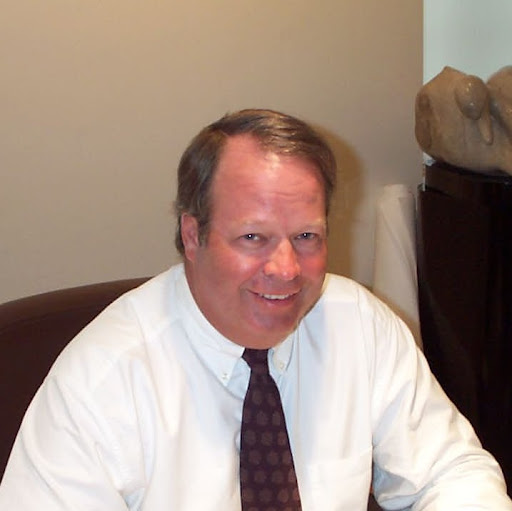
John Hennessy
Lived:
New York, NY
Work:
Turnstone Energy - CEO
Education:
MIT Sloan School of Management

John Hennessy
Education:
University College Cork - Electrical and Electronic Engineer, Presentation Brothers College, Cork
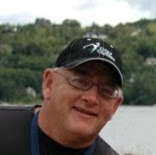
John Hennessy
Education:
University of Ottawa, Wilfrid Laurier University

John Hennessy
Tagline:
Blank Space
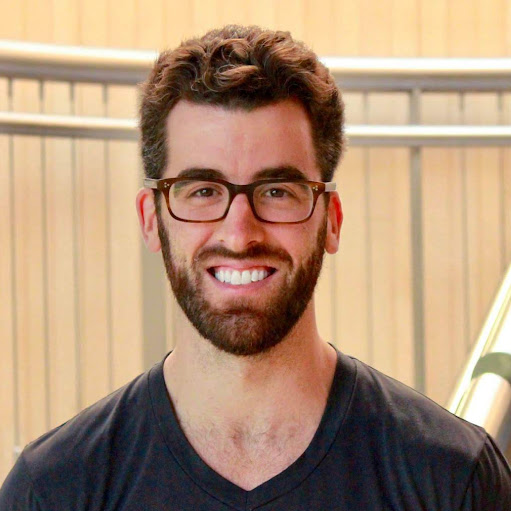
John Hennessy
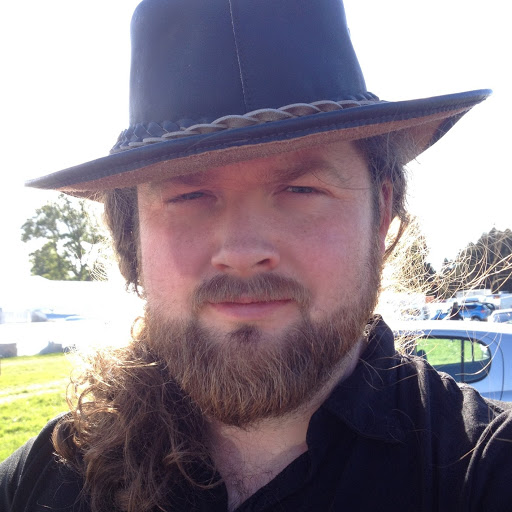
John Hennessy
About:
We are a New Media Marketing company, specialising in Film & Video Production. We have experience in producing web virals and commercials, corporate communications, product showcases & live ev...
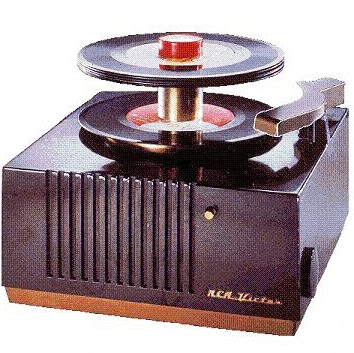
John Hennessy

John Hennessy
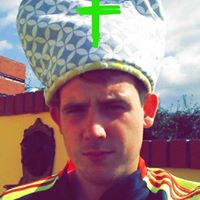
John M Hennessy
view source
John Hennessy Estrella
view source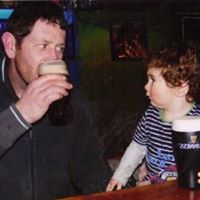
John Joe Hennessy
view source
John Hennessy Cuesta
view source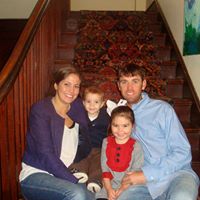
John Carter Hennessy
view source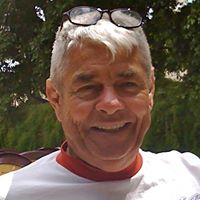
John S. Hennessy
view source
John Beighey Hennessy
view source
John Hennessy
view sourceGet Report for John R Hennessy from Long Beach, NY, age ~69

















